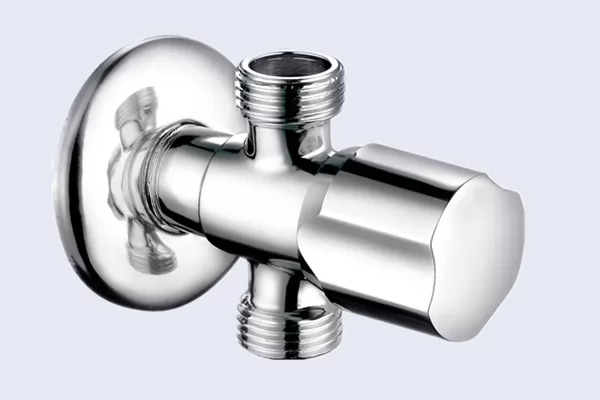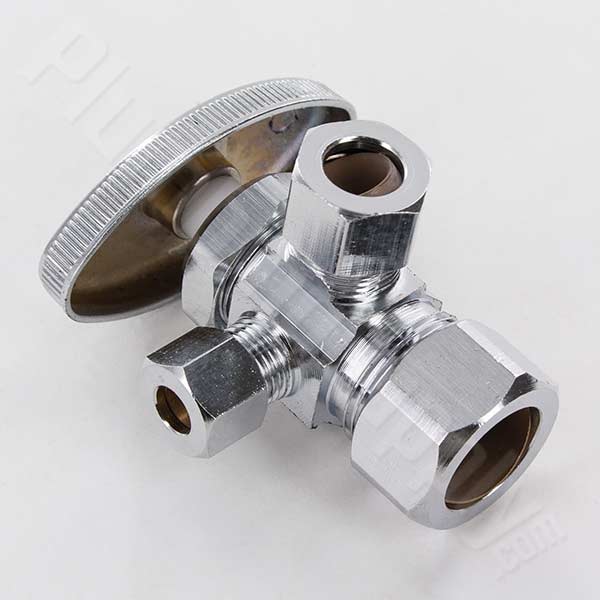Angle seat valves are 2/2-way pneumatically actuated piston valves. The piston actuator provides a linear motion to lift the seal off its seat. Because the seat is positioned under an angle, the flow is minimally impeded in the open position, resulting in an excellent flow rate and a low pressure loss.
2-way valves are pretty simple and straight-forward. A 2-way valve is any type of valve with two ports: an inlet and an outlet port, typically labeled “A” and “AB” respectively. Tt dynamic range meter vst free download. 2-way valves are used in many applications, from basic on/off to more complex variable flow applications with pumps and VFDs. The type of valve you need for an application depends on the amount of flow, the degree of control, shut-off, and pressure drops over the valve.
Looking for JOHNSON CONTROLS Globe Valve, 2-Way, NO, 3/4 In, Union Angle (41P931)? Grainger's got your back. Easy online ordering for the ones who get it done along with 24/7 customer service, free technical support & more. 2-way angle seat valve - NC. In the case of the inclined seat valve in NC version, the flow rate is above the seat. The control medium opens, the spring closes. The material of the main seal made of PTFE type TFM 1600 impresses with its lower porosity and permeability.
2 Way Angle Valve Vs 3 Way Angle Valve Stem
3-way valves have, yes, three ports, labeled “A”, “B”, and “AB”. Port “AB” is common to the “A” or “B” port. 3-way valves are commonly found in constant flow/volume pumping systems and can be either mixing or diverting valves. 3-way valves can be piped in the supply or return. If in the supply, then a diverting valve is used. If piped in the return, a mixing valve is used. Ball valves can be piped to be mixing or diverting, but globe valves require different bodies for mixing or diverting.

Mixing applications have the 3-way valve configured with two inputs from the supply piping and one output to the return piping, thus mixing together two inputs before sending it out. Mixing valves are most commonly used with modulating control but can be on/off.
Diverting applications have the 3-way valve configured with one input from the supply side and two outputs to the return piping. In general, diverting valves are more expensive than mixing valves. Free no download game of life.

Make sure to watch this short easy to understand video on control signals .


2 Way Angle Valve Vs 3 Way Angle Valve Wrench
Every valve has some sort of control actuator and control signal. It could be on/off, floating, or a proportional signal. Click here and watch this easy to follow, short, HVAC Tech School video and learn the easy way about HVAC control signals.
- belimo, control valve, honeywell, hvac controls, johnson controls
